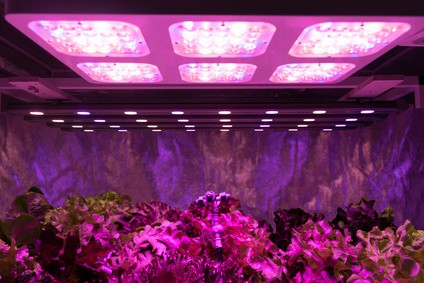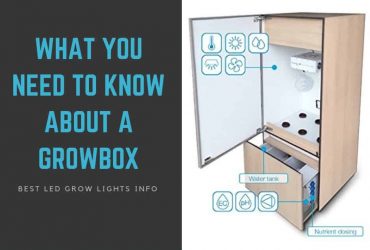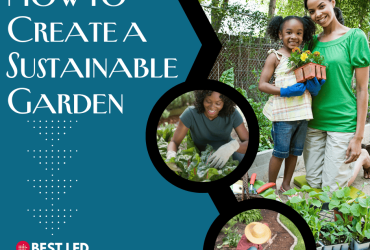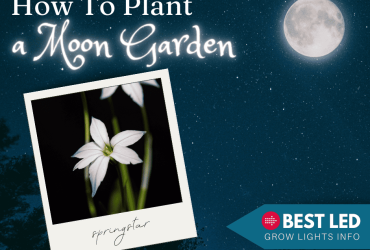How do Grow Tents Work?
If you want to make the best use of your LED grow light setup, you need an efficient growing environment. One of the best is an indoor grow tent, but exactly how do grow tents work? I’ll break down the ins and outs of grow tents and set ups in this article.
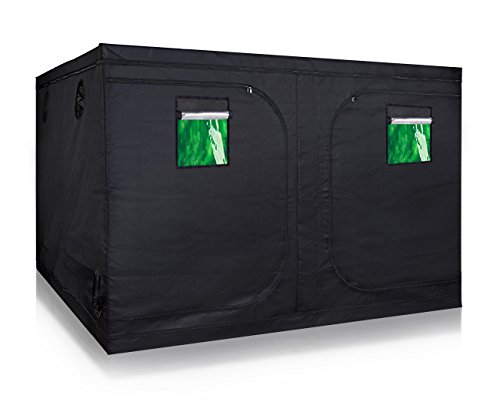
Grow tents are small portable rooms that can be used indoors anywhere and at anytime to start growing fruits and vegetables. They work in the same manner as grow boxes. A grow tent creates an ideal indoor environment for growing plants in a closed chamber year-round, no matter the climate.
What you Need in a Grow Tent
- Durable canvas material with a reflective system that traps the light inside the tent.
- Powerful CFM fan along with a carbon filter offering a temperature control, odor control, and air circulation.
- An adequate surface area with enough room to grow plants inside without crowding them.
- Tested hydroponics system that is easy to clean and easy to feed the plants using automated timers.
- Automated high output grow lights offering plenty of light and heat for the plants.
- Easy to install and use digital ballasts that are reliable and prevents light from going out.
How Do Grow Tents Work?
Below I illustrate the components and the usage of each when using a grow tent.
Heavy Duty Canvas Fabric
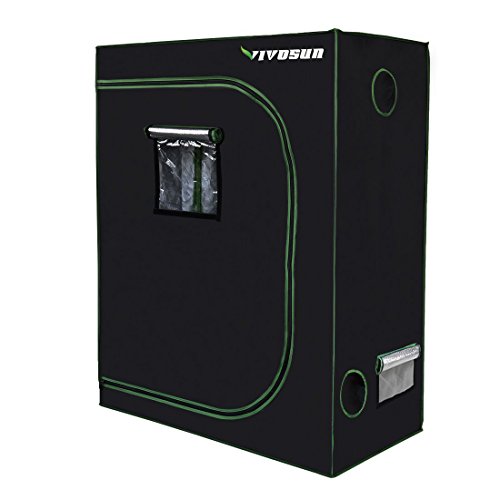
Your grow tent should be constructed from a heavy-duty canvas fabric made of either polyester or nylon bonded to a reflective inner layer that is made from biaxially-oriented polyethylene terephthalate (or BoPET). This outer fabric is durable and robust while the fabric inside is meant to increase the efficiency of light by offering excellent reflectivity.
The thickness of the fabric that makes the tent is expressed in terms of linear mass density or denier. The number is presented in measurements like 600D referring to the thickness of the thread. The higher the denier, the stronger as well as denser, is the fabric. Usually, this thickness ranges in between 200D to 1680D.
Most growers recommend using fabric that has a thickness anywhere between 600D to 900D. However, if you are choosing a large tent, it is always important to select the most robust option available.
Inner Liner
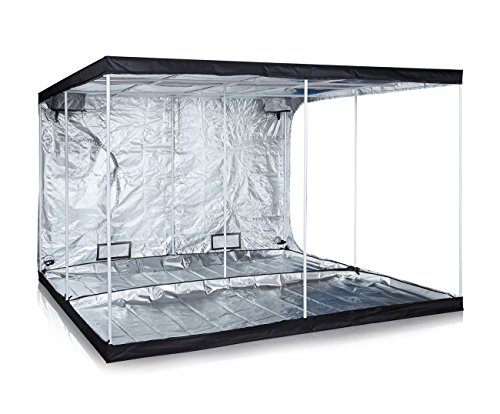
The inner liner is supposed to reflect light. The materials used here are often rated based on their ability to reflect more light.
The range of reflectivity is wide. It starts at 50% and goes up to 90% reflective capacity. It is the most critical factor to consider as the more efficient the reflective system; the less energy gets wasted.
The other benefit of using the inner liner is to promote better light overage for the underlying foliage as the light gets reflected from both the sides and the top of the tent. Hence, purchasing a grow tent made from high-quality fabric is regarded as a good investment.
Roof Seams
As the entire fabric rests on the supporting poles, once installed, the roof seams sustain the weight of the tent. With time, this might stress the seams and lead to wear and tear.
When you have a sturdy fabric, you can reduce the risks of punctures as well as abrasions. These might be a problem when one is using gardening tools in an enclosed environment of the tent.
Grow Tent Frame
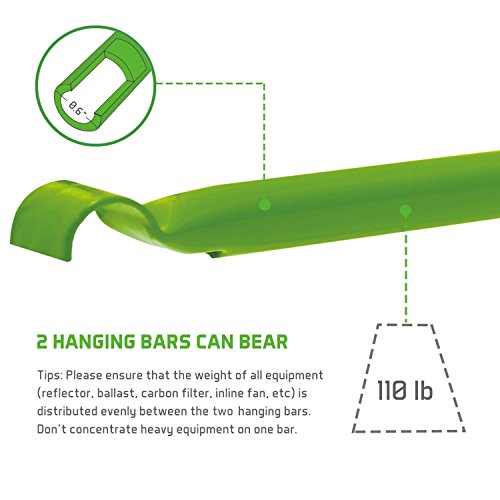
The entire structure of the grow tent is made using a framework that supports the poles installed below the fabric shell. These offer stability besides reinforcing the shape of the exterior.
The frame creates a sturdy skeleton that holds the fabric. It also carries the weight of other equipment that includes the mounted fixtures.
You may choose from a number of frames that are made using a range of materials. Frame options include a heavy-duty steel construction that is stronger and more rigid but expensive. Steel frames are often difficult to set up or dismantle when compared to the synthetic or lightweight materials that are capable of offering similar support.
To put it simply, thicker poles with sturdy fittings sustain far more weight than thinner, flimsy poles. They also provide a far more rigid yet stable frame.
Grow tents come with maximum weight ratings for each of the tent frames that are on offer.
On the other hand, lighter frames limit their capacity of hanging equipment that they might be able to support.
The smaller tents may be made by using lightweight materials as they also have a limited size of equipment that has to be installed.
However, for larger tents, it is essential to have the sturdier options to offer sufficient area for sustaining different types of plants along with sophisticated equipment, ducts, fans, lights, and filters.
Zippers and Seams
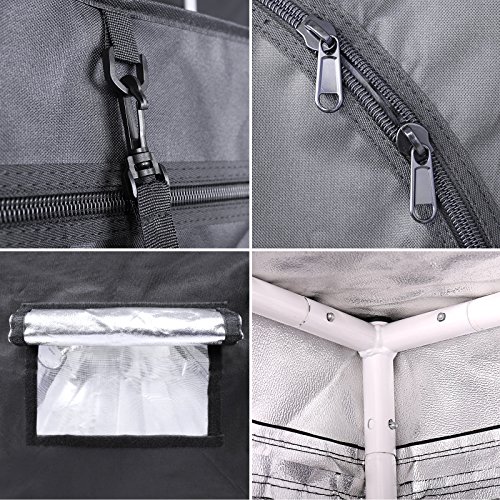
Growers often face two common issues when using a grow tent. These include the zippers and seams. Multi-part zippers are used to create a door for the grow tent. It acts as the door from which all the operations are performed.
Most grow tents use a large-gauge, heavy-duty plastic zipper but as these are used continuously, they are prone to wear and tear over the period of usage. Broken zippers and torn stitching might eventually be a scenario that you might face over a period of time.
However, some precautions like brushing the zippers and regularly wiping them will help remove the grit and dirt. You may also apply a thin coating of paraffin, lubricant, or talc to the teeth to help lubricate your zippers.
Also, seam tears near the zipper can be caused by pulling the zippers too forcefully. However, a low-denier fabric might be the reason as well. To avoid such a situation, look for double stitched seams for additional strength.
Grow Tent Ports & Vents
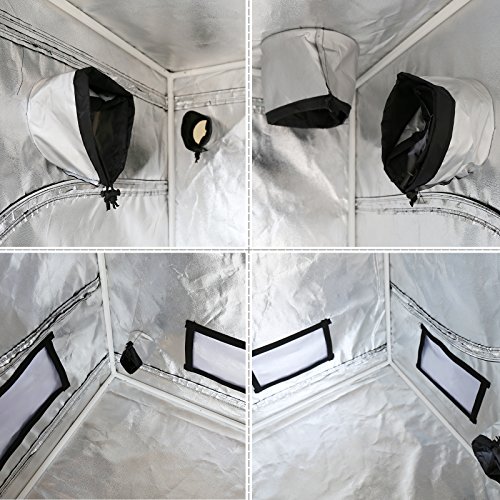
The most important goal of using grow tent is to create an enclosed environment that can be controlled. To do so, you need to manage access to the outer atmosphere to the inside environment. It is often challenging owing to the fact that hydroponic, ventilation, filtration and automation equipment needs access to the environment outside. This is particularly required for air circulation, electrical services, and other purposes.
A well-designed grow tent comes with space for a range of equipment. The vents, access ports, and other openings are strategically sized and placed in a manner that suits almost every piece of gear made to use in a grow tent.
You would also need these openings to be carefully crafted so that they maintain the integrity of the environment inside after the equipment is installed. Large tents come with more vents and ports while the smaller ones have limited options.
If you do not need a large tent with several electrical cord ports or ducts, then it is better to opt for a smaller version. These specs are the basics that have to be finalized before moving ahead with a new system or thinking of upgrading your existing system.
Be sure to purchase the best grow tent you can afford for your indoor garden. Cheap grow tents will wear out quickly and end in further expense down the road.
Be sure to check out my guide to the best grow tents on the market to help make your decision easier.
Enjoyed this post? Pin it!
